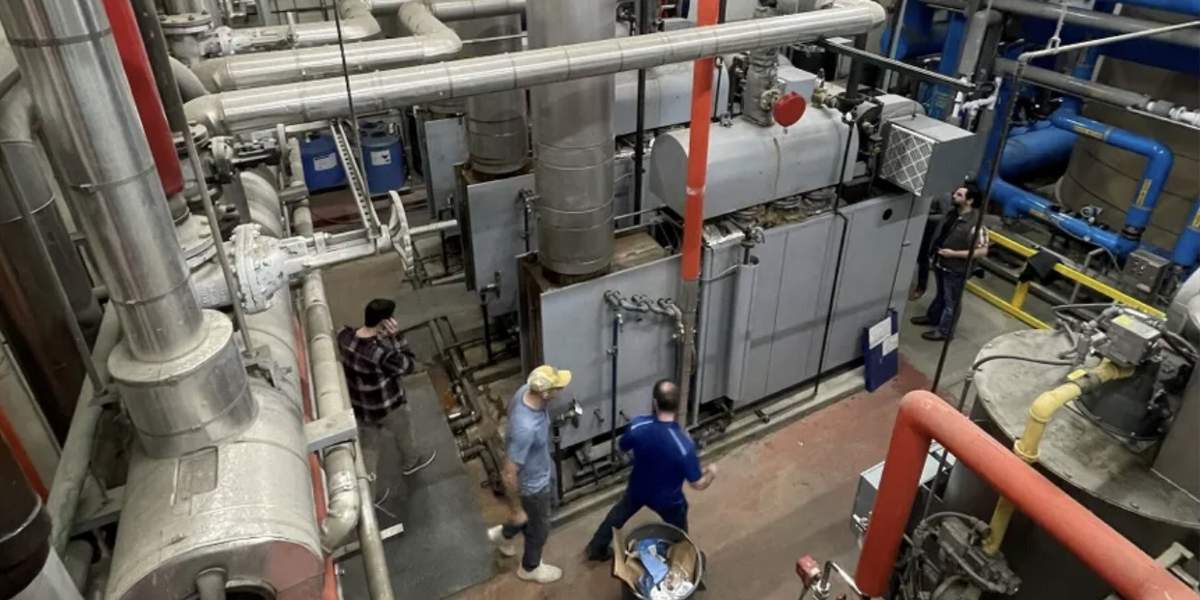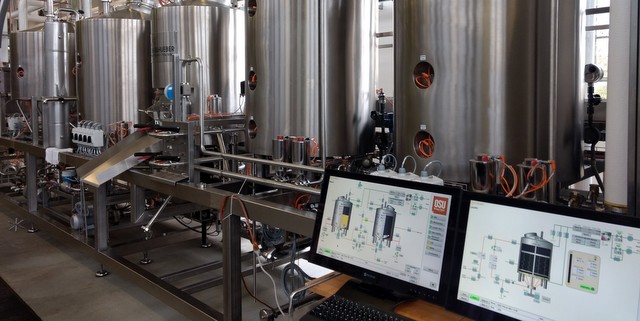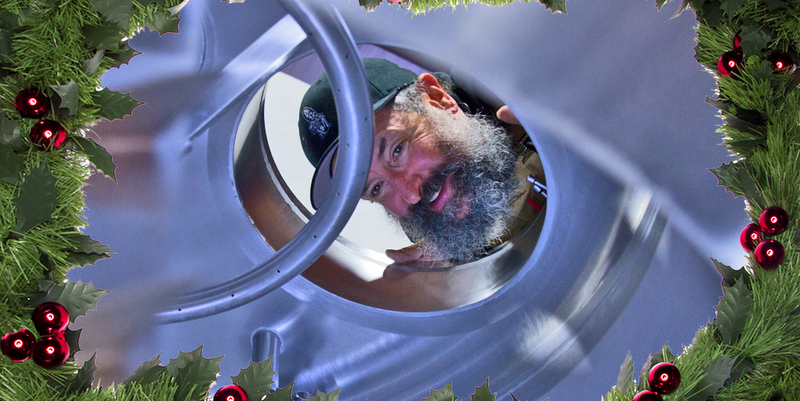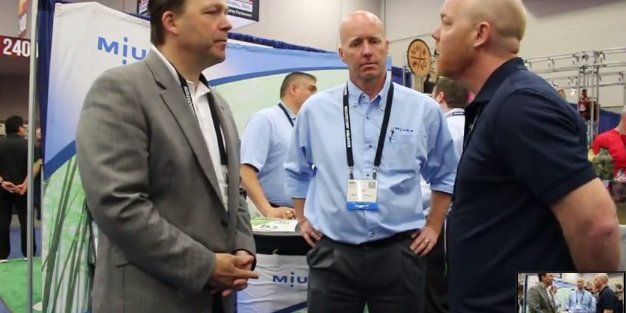4. Costs.
Keep an eye out for savings in fuel, water, labor and maintenance — not just the cost of the unit itself. A low-efficiency, traditional boiler purchased for $75,000 can easily waste its purchase price within one year compared to a high-efficiency design.
Savings can be broken down into three general categories:
- Initial cost;
- Maintenance; and
- Boiler efficiency (energy, water usage, fuel, etc.).
The smallest part of an overall boiler investment is initial cost. While capital expenditure and maintenance costs should be carefully analyzed, running costs will determine the ongoing health and survival of your company. The best method to maximize your investment year in and year out is to understand all the costs of your boiler operation.

5. User-friendly control systems.
Look for systems that have sophisticated internal controls that can be managed both by user-friendly interfaces that you control as well as offsite monitoring by boiler technicians (like the ones at Miura). These features greatly prevent and reduce maintenance and repair costs. Remote monitoring also provides peace of mind to you, the brewer, who has so many other things to think about during the production cycle.
6. Ultimately, it’s all about your bottom line.
The industry is now greatly affected by the fluctuations in gas pricing, so moving forward with the correct boiler is a top concern in the goal to reduce costs. Additionally, some brewers are now promoting a green image, which means low emission, energy- and water-efficient boilers are increasingly more popular.
When shopping for a boiler that reduces energy consumption and minimizes fuel costs, also look for systems that offer design flexibility and a compact footprint. This will not only save physical space in your facility, but also will be able to add more steam capacity as your business grows without taking up more space — a feature not possible with their larger cousins.
“Every brewery requires its own unique steam signature,” Jurado explained. “In broad strokes, a brewhouse consumes half the steam in any brewery, but CIP sets, pasteurizers, hot-water sterilizing units, etc., all represent additional steam needs that have to be satisfied either continuously or intermittently. Whether the inquiring brewery is a startup or one facing expansion planning or fuel economization, [look for a] partner that can offer expertise, critical analysis and a comprehensive package.”
Before making your final decision, step back and ask the following questions:
- Which brand or model is the most cost-competitive?
- Which gives you the best performance, yet saves time and energy?
- Who has the best reputation with a comprehensive support network?
Essentially, look at the big picture, and choose a ‘package’ that will give you the most bang for your buck and peace of mind so you can so what you do best — make beer!
Next: Small brewhouse efficiency: Brewers discuss the power of high efficiency brewing system
After a 15-year tenure in the energy industry, Doug MacMaster joined Miura North America in 2014 and now serves as the vice president of U.S. operations. An expert on alternative energy applications in the automotive industry, MacMaster is a vital component in distributing Miura’s energy efficient technologies to companies and government agencies across the country. He has a B.S. in Hospitality Management from Widener University and has taken MBA courses at Blue Ridge Technical College.





How to choose the right boiler for your brewery http://t.co/kYvPP0WcB0
Nathan Semsch liked this on Facebook.
RT @CraftBrewingBiz: How to choose the right boiler for your brewery. @bridgeportbrew @ShinerBeer http://t.co/YxwPf3NeVq